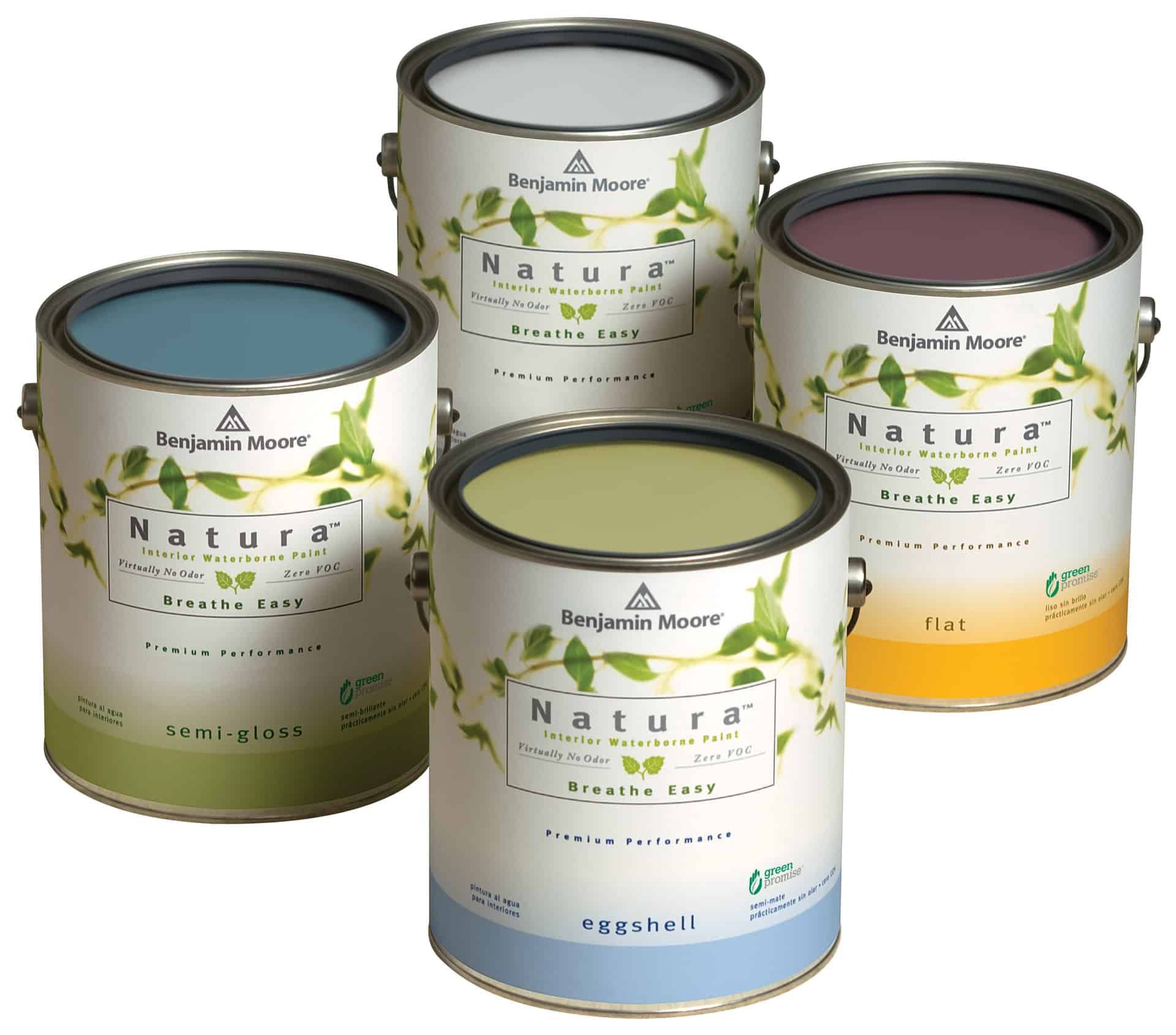What is in the Paint Can?
Paint is a mixture of chemical compounds. Even the so-called latex paints do not contain any trace of natural rubber. All ingredients in paint are prepared in laboratories first, and then mass-produced at specially-equipped production facilities. The constituents vary widely as there are different kinds of paints. Besides the colored chemical, the undercoating primer is also considered as a special category of paint.
The basic ingredients of paint
Essentially, all paint cans consist of the same basic ingredients according to different proportions to meet for a unique purpose. You may already know that the color aspect is attained by powdered chemical pigments, but there are also other things in the paint can. There has to be a matrix that homogenously holds the pigments. This is a polymer, known as resin or binder. Then, there are the extenders which are nothing but large pigment particles added to save the binder, improve adhesion, and strengthen the film.
In addition, there will always be different additives in the paint solution. They serve a wide range of functions suited to meet various unique requirements. Finally, the paint solution will also have a solvent which is used to thin out the paint. In oil-based paints the solvent is organic polymer compounds. Water-based paints use, quite obviously, water as the primary solvent. Binders are categorized into convertible and non-convertible categories. The latter one does not change in chemical composition as it dries.
In fact, the organic compounds in the solvent pose a major health issue by the emission of VOC fumes. This is the reason why most services nowadays use the water-based polymer paints for residential applications. Sometimes, the manufacturer adds the binder and solvent together in a mixed solution, also known as the vehicle.
Special focus on the additives
The additives tend to make the paints suitable for different specific uses. The pigment used can be the same, but the additive chemical ultimately decides the finish and consistency of the product. They include the dispersants (for homogeneity of the pigment), silicones (for weather resistance), driers (to hasten drying time because painting is weather dependent), anti-settling agents (for prevent pigments settling beneath the paint can), and the thixotropic agents to provide a viscous consistency in the product.
Apart from these substances, anti-fungal and anti-bacterial agents are also added into paint. The proportions can depend on the intended use. For example, an exterior wall color will have more weather-resistance than the indoors product.
The above descriptions define the usual products used in painting. Do note that you can also remove the organic VOC threat altogether. Of course, you should not use lead-based paints either. In fact, lead paints may not even be available where you live. Still, check the label. Instead, you can use natural paints based on lime solution, vegetable glues, linseed oil, and casein extracts.





